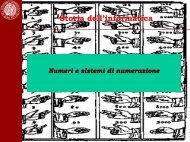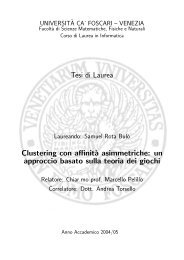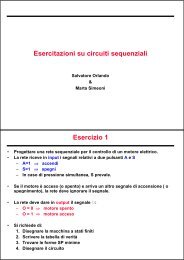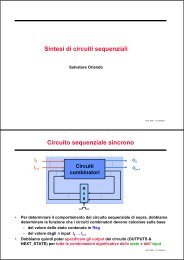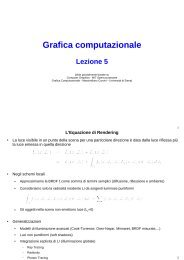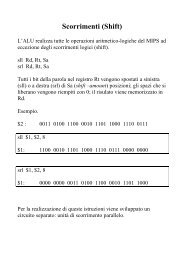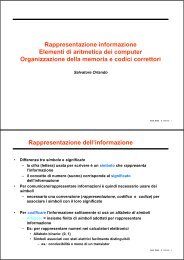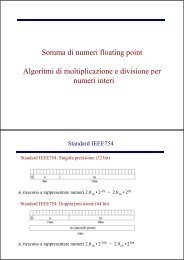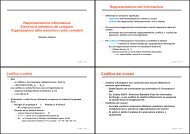A Neural-Symbolic Approach to the Contemporary Theory of Metaphor
A Neural-Symbolic Approach to the Contemporary Theory of Metaphor
A Neural-Symbolic Approach to the Contemporary Theory of Metaphor
Create successful ePaper yourself
Turn your PDF publications into a flip-book with our unique Google optimized e-Paper software.
<strong>Contemporary</strong> <strong>Theory</strong> <strong>of</strong> <strong>Metaphor</strong> Sets, Functions and Networks Example Applications and conclusion<br />
The Mapping<br />
Given two algebraic structures A and B, a function m is a<br />
monomorphism iff:<br />
m is injective<br />
∀ n-ary operation f over <strong>the</strong> structures, ∀ n-tuple x1, .., xn <strong>of</strong><br />
A, m(fA(x1, .., xn)) = fB(m(x1), .., m(xn))<br />
where fA and fB represent f over A and B respectively.<br />
In our setting, we can’t compute fA, and we wonder what could<br />
fA(x1, .., xn) be. Since m is injective, it can be inverted. Let n be<br />
<strong>the</strong> inverse function <strong>of</strong> m. The following transformations hold:<br />
fA(x1, .., xn) ≡ 1 n(m(fA(x1, .., xn))) ≡ 2 n(fB(m(x1), .., m(xn)))<br />
Where (≡ 1 ) is justified because m and n are inverse functions<br />
(and <strong>the</strong>refore n(m(x)) ≡ x) and (≡ 2 ) follows from <strong>the</strong> definition<br />
<strong>of</strong> monomorphism.<br />
7 / 19






